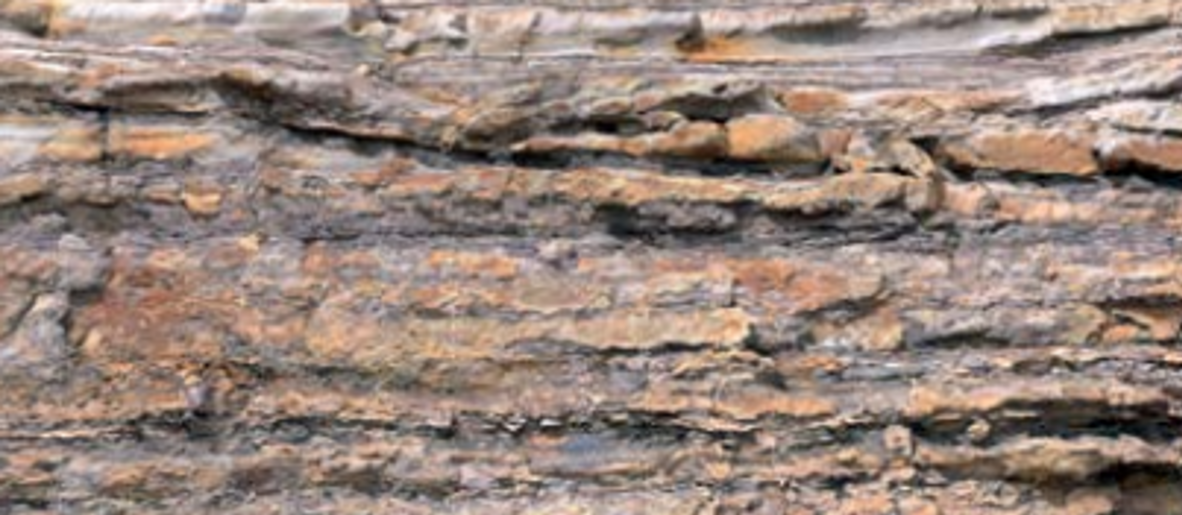Staff who may not normally have the opportunity to visit the field will be introduced to field trips through interactive Virtual Reality training. The outcrops selected for this pilot project represent the well-known Miri and Lambir Formations, and provide insight into the reservoir properties of PETRONAS fields offshore.
Conventional geological field trips are invaluable but can be time-consuming, costly and present health and safety issues. As a result, industry is leveraging technology to adopt efficient and cost-effective alternatives to the conventional field trip. Another incentive to find alternatives is the degradation of outcrops caused by rapid urbanisation, vegetation and weathering. Virtual Reality (VR) field trips are an innovative way of delivering an immersive experience for studying and preserving the scientific value of geological outcrops.
This motivated PETRONAS to embark on a pilot VR outcrop programme in 2019 in collaboration with PetroEDGE. The pilot programme covers about 3,600 m2 across three outcrops in Malaysia, encompassing diverse depositional environments and sedimentary features. The final pilot models are planned for delivery by the end of the year. The VR outcrops are constructed using high-resolution photogrammetry and photospheric imagery, and will include field guides and ‘hotspots’ containing subsurface G&G data and sedimentological analysis. PETRONAS intends to use the VR product for capability development of its geoscientists, by adopting a blended learning approach using a combination of classroom training and VR field trips. Such an approach will be particularly beneficial to young geoscientists and also to experienced professionals with limited exposure to geology. Based on the success of the VR pilot, the study could be extended to other outcrops in Malaysia with the potential of collaborating with other oil companies and academia to expand the knowledge base internationally. The field guide and hotspot content will have different versions, adapted to various audiences, such as geoscientists, engineers and nontechnical staff.
This course is used as part of blended learning with classroom training and workshops to ensure that the geoscientists and engineers would be able to relate outcrop-scale observations to seismic and reservoir scales. Many of the field trip outcrops that have been visited in the past are no longer available, and mostly overgrown or developed. Future generations may not have the opportunity to access and learn from this invaluable geological heritage of Malaysia. With VR, PETRONAS would be able to continue to include outcrop observations into its blended internal training. Trainees will continue to be able to develop field observation skills and experience many of the learning opportunities gained from the field environment, without having to travel or be restricted by weather conditions and safety.
Acknowledgements
With thanks to Nurul Salmi Binti Abdullah, Hamdan Bin Mohamad, Mohd Raziken bin Aripin, Rajeevan Balakumar, Siti Syahira Binti Radzi, PETRONAS, and Malina Raman, PetroEDGE.





